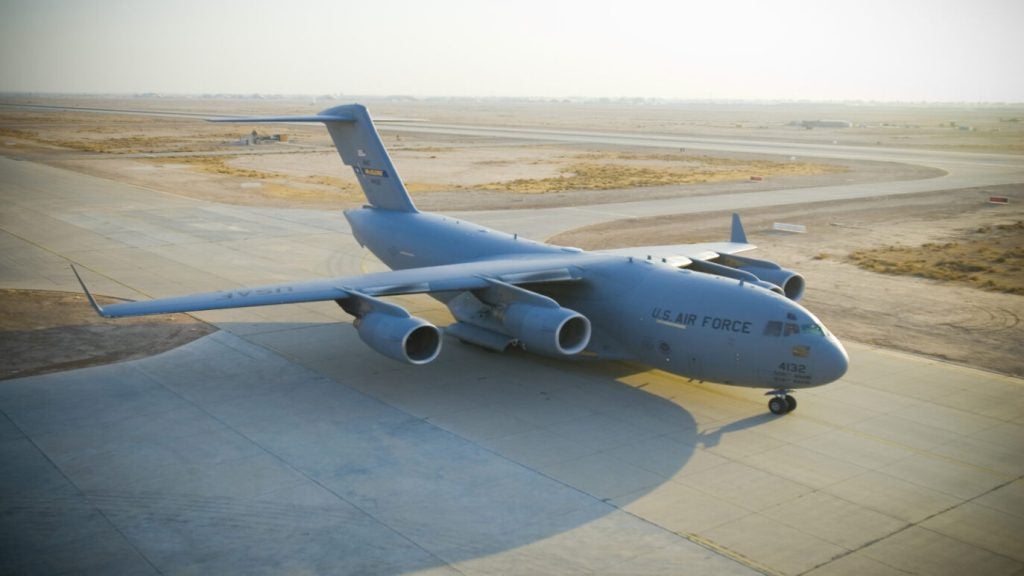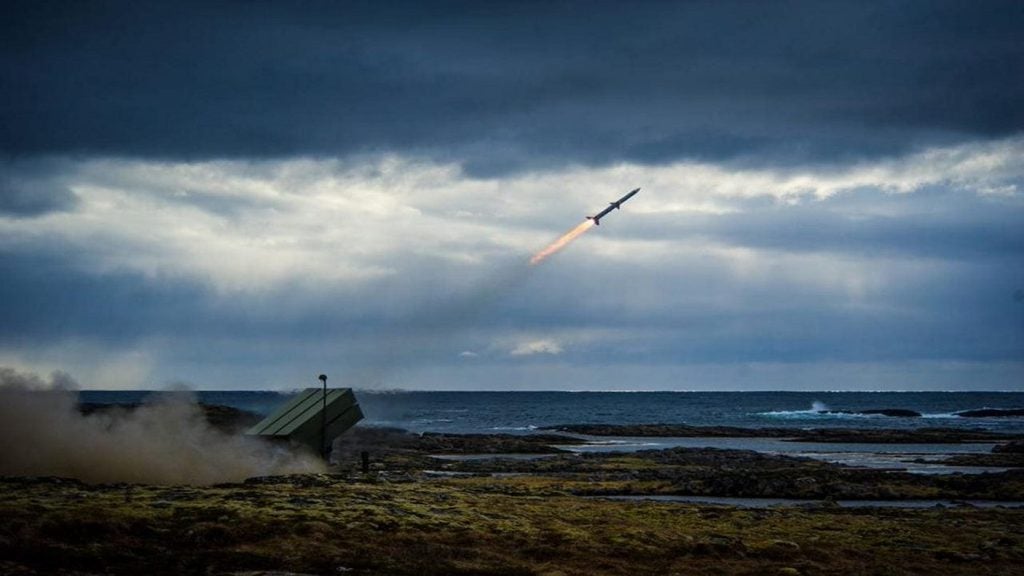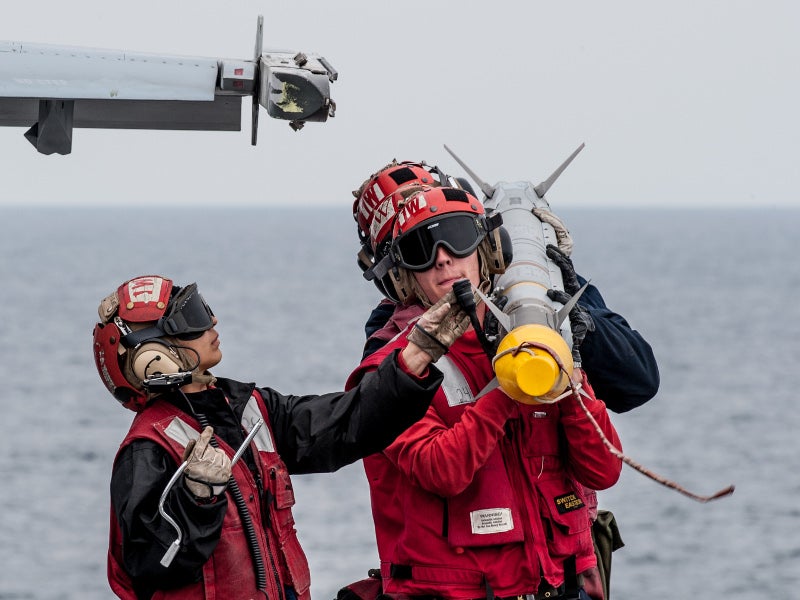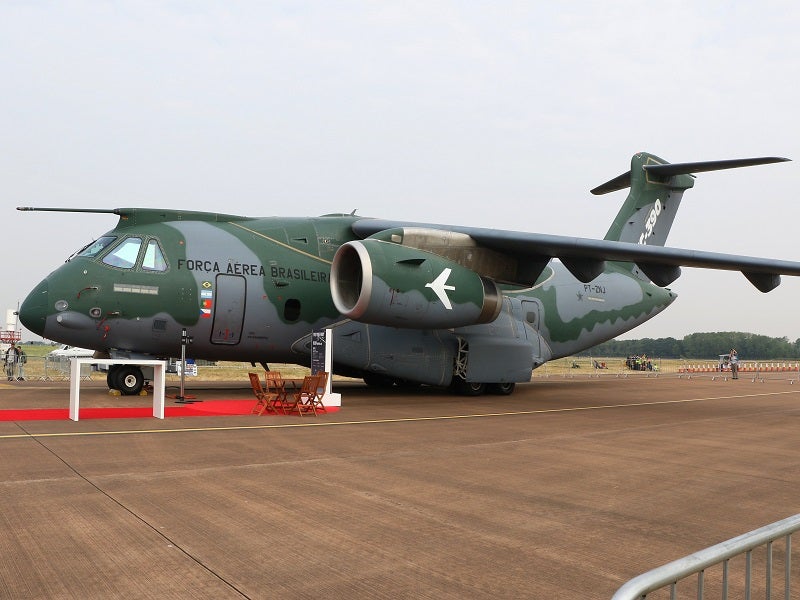
Lockheed Martin has successfully completed an initial test flight of the aero-adaptive aero-optic beam control (ABC) turret onboard the University of Notre Dame’s airborne aero-optical laboratory transonic aircraft in Michigan, US.
Undertaken in collaboration with the Air Force Research Laboratory (AFRL) and the University of Notre Dame, the testing demonstrated the airworthiness of the beam control turret to give 360° coverage for high-energy laser weapons operating on military aircraft.
A total of eight flights were carried out, and all turret components met the US Air Force and Federal Aviation Administration airworthiness requirements.
Lockheed Martin Space Systems Strategic and Missile Defense Systems advanced programmes vice-president Doug Graham said: "These initial flight tests validate the performance of our ABC turret design, which is an enabler for integrating high-energy lasers on military aircraft."
Being developed for the Defense Advanced Research Projects Agency (DARPA) and AFRL under a 30-month, three-phase contract, the ABC turret is designed to enable high-energy lasers to engage enemy aircraft and missiles above, below and behind the aircraft.
The effects of turbulence caused by the protrusion of a turret from an aircraft’s fuselage will be neutralised by Lockheed’s flow control and optical compensation technologies.
How well do you really know your competitors?
Access the most comprehensive Company Profiles on the market, powered by GlobalData. Save hours of research. Gain competitive edge.

Thank you!
Your download email will arrive shortly
Not ready to buy yet? Download a free sample
We are confident about the unique quality of our Company Profiles. However, we want you to make the most beneficial decision for your business, so we offer a free sample that you can download by submitting the below form
By GlobalDataThe ABC project is primarily focused on the rear of an aircraft, which has special problems with turbulence.
Additional flight tests, which will demonstrate the turret in increasingly complex operations, will take place over the next year .
Image: The ABC prototype turret was tested on the University of Notre Dame’s airborne aero-optical laboratory transonic aircraft in Michigan, US. Photo: courtesy of the Air Force Research Laboratory.








